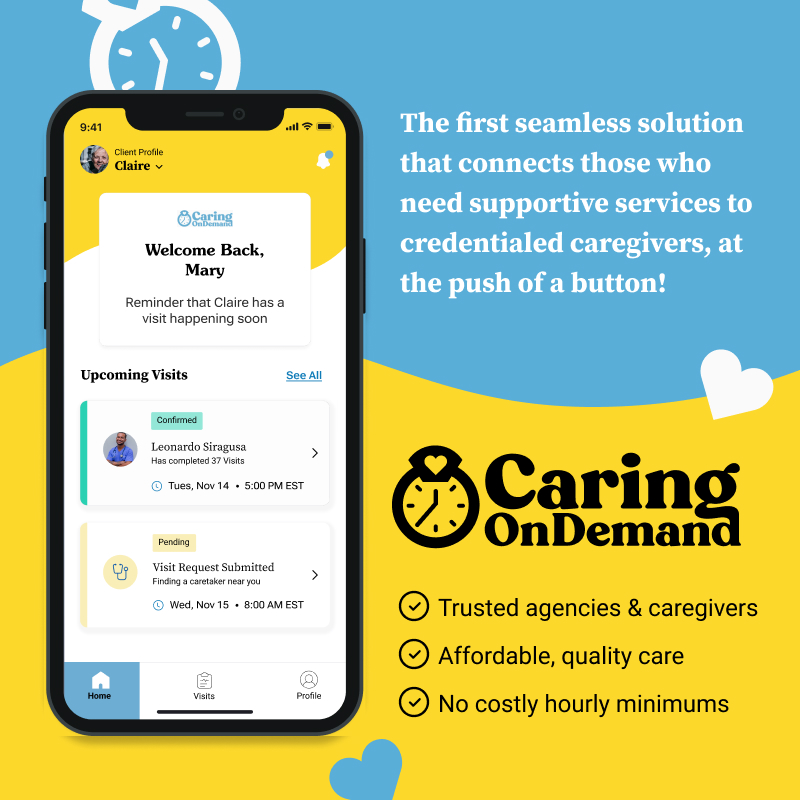Many companies have been transformed by the Golden Circles concept. ‘Why, how, and what’ was popularized by Simon Sinek’s now famous TedTalk.
By Jacquelyn Kung
Many companies have been transformed by the Golden Circles concept. ‘Why, how, and what’ was popularized by Simon Sinek’s now famous TedTalk (if you haven’t seen it, this 10-minute talk is worth a watch.)
How can we apply the Golden Circles to transform our organizations in senior living? And achieve 100% occupancy as we do so?
Let’s break it down.
Start With the WHY . . .
We need to know the reason why we exist as organizations. This helps our employees show up. By show up, we mean really show up . . . with passion and excitement for the job.
The secret here is rooted in culture and being a great employer. Steve Moran and other writers in this Forum have many great posts on this topic. Also, watch Virgin America’s safety video (yes, their safety video) on YouTube for inspiration. Does this look like your safety training?
This WHY is critical before we move on.
So answer for yourself (or post and comment below to share it with others):
- Why do you exist that’s special and different from other communities?
- And why do your employees want to do what they’re doing?
Then Move to the HOW . . .
This is the nuts and bolts of how we deliver great employee and resident experiences. And it often requires turning our operating model and mindset on its head to achieve 100% occupancy.
Let’s look at another industry as an example. Take Amazon. They transformed the logistics industry: instead of warehouse pickers going to the product, Amazon brings the product to its pickers. It’s more efficient, and it produces fewer errors. Applying this principle to our industry, it requires turning our usual notions on their head. For instance, we focus a lot on monthly move-ins or lease ups. But turning our thinking on its head, how can we focus on affecting move outs?
Said another way, the 22-month tenure of an assisted living resident often ends because of a medical reason, including a transfer to the hospital. Medical reasons count for half of move outs — more than move outs due to death or financial reasons combined. How can we increase this example 22-month tenure to 30-months?
It can be done. Here are a couple of ways I’ve seen it work:
Implement INTERACT protocols or a good version of it so that your nighttime and non-licensed staff know who to call to triage an issue safely versus automatically calling 911 (as a sidenote, ambulance companies have been privatized, so they have an incentive to make money. To get paid, they need to do a transfer — so guess what, they almost always send our residents to the hospital, even when not medically needed!)
Flag fall risk patients in your EMR, and put in processes for your aides and CNAs to ask them if they want to go to the bathroom regularly. Half of falls happen in the bathroom or on the way to or from the bathroom, so we can stop a lot of these. In independent living, classes like tai chi or ball exercises help to increase confidence and decrease falls.
Lastly, We Address the WHAT . . .
In senior living, this what is the housing and services that we offer. Isn’t it mostly obvious when you see a photo which buildings are senior living buildings? To quote a Supreme Court justice from 100 years ago, “I know it when I see it.”
On the physical plant, a lot of innovators are starting to change that in our industry. Hogeway outside Amsterdam is a dementia community that has a post office, grocery store, and design elements where you wouldn’t know it was a dementia facility. Ryan Frederick (hi Ryan!) outside D.C. has created an exceptionally beautiful community with Sonos sound systems and bright vibrant colors like orange and teal in the common areas. Even if you have an old facility, it’s possible to upgrade — even on a shoestring — with a different look in mind.
Achieving 100% Occupancy
Finally, on the service side is where the magic comes together to achieve 100% occupancy.
You see, the difference between 98% occupancy and 100% occupancy in a 50-unit building is one unit being open for four weeks, two units being open for two weeks each, for four units being open for one week each.
In other words, our industry usually cites the time needed to repaint and do new finishes on the unit before turning it over to the new owner. Some communities have figured out a way to turn a unit in three days (yes, you read that right.) These are the communities with consistent 100% occupancy month after month.
Here’s how they do it:
- It takes careful coordination between teams on campus.
- Marketing and social services give a heads up to Maintenance and General Services when a unit might be freeing up.
- The teams get the next resident lined up with chosen fixtures and finishes.
- As a soon as a move out is confirmed, the maintenance crew go into repaint and finish that unit, then helps the next resident move in.
It can happen. (And it doesn’t involve overtime.)
In fact, these communities usually have a high employee engagement rates because the team is working together to make big things happen. Like 100% occupancy. It can be achieved through answering the WHY, HOW, and WHAT…
Now, WHO doesn’t love that?








